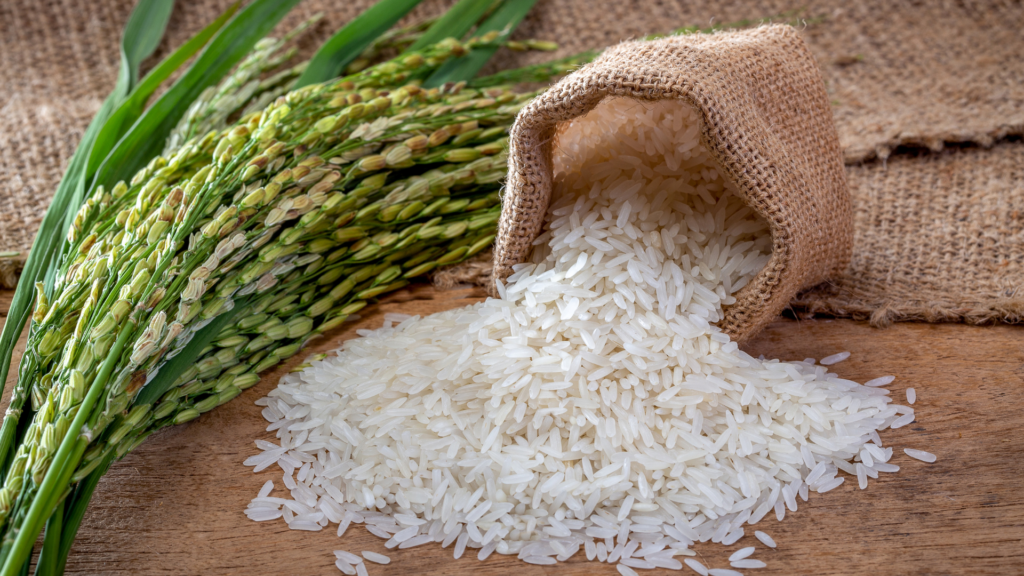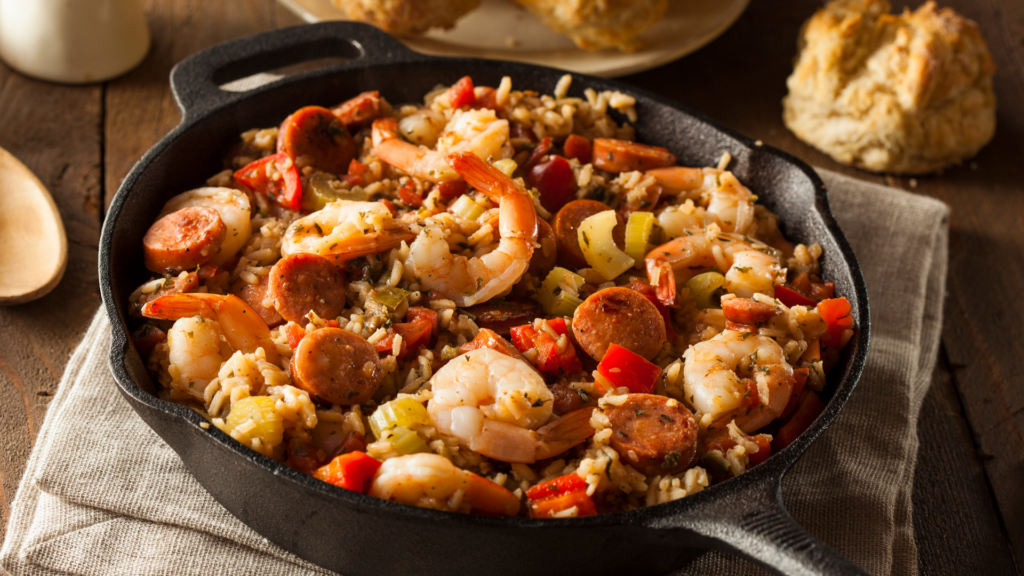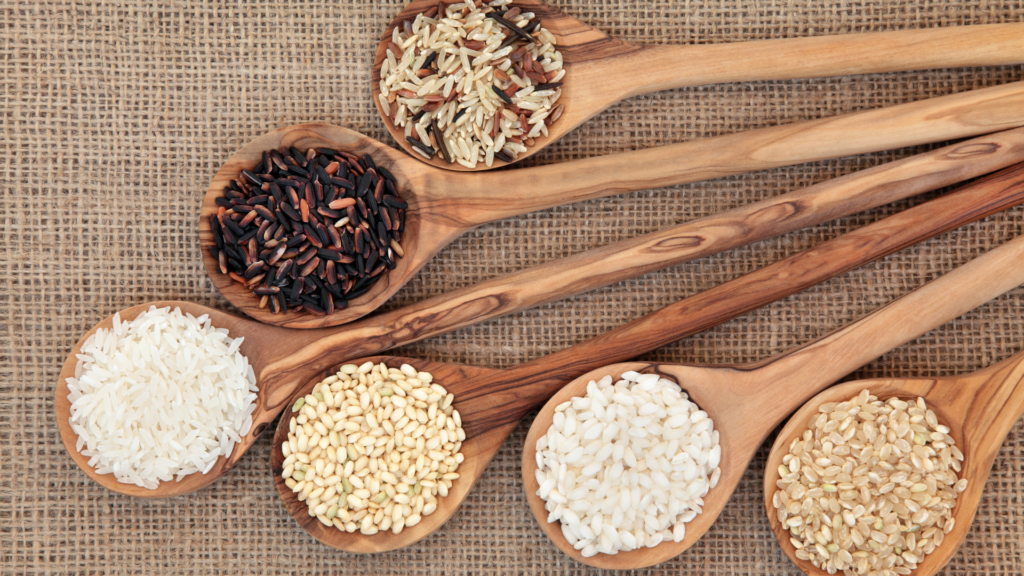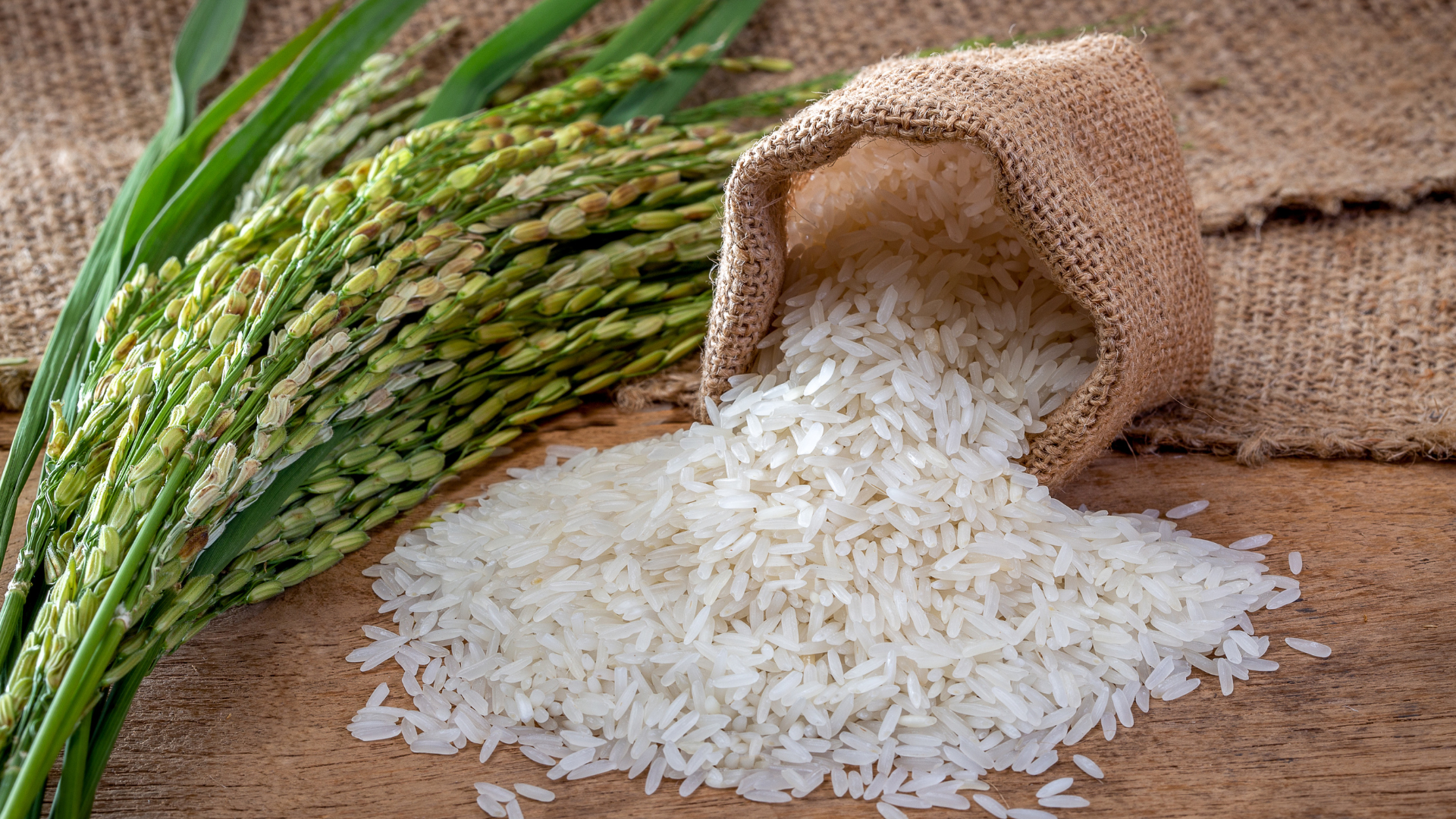September 12, 2024

Trace rice, and you trace the world.
The concept for this article came about after I was introduced to a recipe for Kitchri, a rice dish with Jewish roots. Interestingly, the Iraqi rice dish Kitchri is spelled similarly to the Indian dish Khichdi, even though the two dishes are quite different. This sparked a fascinating conversation about how a single ingredient, rice, has influenced and connected cultures worldwide. I mused, Trace rice, and you trace the world. Let’s embark on a culinary journey and explore how rice has seamlessly woven itself into the fabric of diverse cultures.
The Origins of Rice: A Historical Perspective
The history of rice is rich and complex, much like the diverse cuisines it enriches. Rice (Oryza Sativa) first appeared in China around 9,000 years ago, marking the beginning of its journey into the hearts and kitchens of civilizations. Another strain, Oryza Glaberrima, emerged in Africa roughly 3,000 years ago. These two varietals laid the foundation for the global spread of rice.
The Portuguese introduced Asian rice to West Africa during the early days of the transatlantic slave trade. This resulted in a fascinating blend of rice varieties on the African continent, with African rice and Asian rice coexisting and influencing regional culinary practices.
Tracing Cultural Roots Through Rice Dishes
A prime example of the cultural impact of food is demonstrated with the West African dish Jollof Rice. There are several theories about its origins in West Africa. There is disagreement about how this dish spread through the region; one historian, Fran Oddeo-Asare, stated that the Jolof or Wolof Empire ruled parts of West Africa (including Senegal, Mail, Gambia, and Mauritania) in the 12th century. Wherever The Wolof Empire existed, the Jollof rice recipe appeared. However, another historian, James C. McCann, argues that despite the evidence of the dish in those areas, there is no evident linguistic, historical, or political pattern that proves the Wolof Empire theory. Instead, McCann counters that the spread came from the Mali Empire, specifically the Djula Tradespeople, who were dispersed widely within the urban centers and spread the dish, tools, the Islamic religion, and other trades. No matter which version you believe, this dish, much like other regional rice-based recipes, tells a story of migration, adaptation, and cultural exchange. The balance of tomatoes, onions, and spices in Jollof Rice reflects the agricultural diversity and historical trade connections of West Africa.
Eventually, the Jollof Rice recipe showed up in the Americas after traversing the Middle Passage during the slave trade. Jollof Rice influenced Southern rice dishes such as Jambalaya, Gull ah Geechee Red Rice, Charleston Red Rice, and even the Brazilian dish Galinhada.
Each recipe is a testament to the local history, climate, and availability of ingredients. The richness of each version speaks to the unique cultural identity of its origin, showcasing how rice serves as a culinary canvas for regional expression.
The Evolution of Rice Along Trade Routes
Arab rice, for example, dates back about 2,000 years and was initially considered a spice. It arrived in Alexandria, Egypt, through the Pepper Gate, indicating its early inclusion in the spice trade. This movement of rice mirrors the spread of civilizations and the blending of culinary traditions. While Arab rice likely originated from the African varietals, the intricate web of the Silk and Spice Routes facilitated the cross-pollination of rice strains, blending flavors and textures.

A Global Culinary Staple
Today, rice is a universal ingredient with limitless interpretations. From the savory Paella of Spain to the fragrant Biryani of South Asia, each rice dish is a culinary narrative preserving the essence of its homeland. What’s fascinating is that despite the regional differences in flavor and preparation, the underlying connection through rice remains a common thread that unites us.
In Spain, Paella is more than just a meal; it’s a culinary celebration that brings people together. Originating in Valencia, traditional Paella is made with a combination of short-grain rice, saffron, and a medley of seafood or meats. Regardless of the ingredients, the communal nature of sharing a Paella dish underscores Spanish culture’s emphasis on togetherness and festivity.
Moving to South Asia, Biryani is another iconic rice dish with deep cultural roots. It’s a flavorful blend of basmati rice, aromatic spices, and marinated meat or vegetables. Originating from Persian influences, Biryani has numerous regional variations, such as the saffron-rich Hyderabadi Biryani and the potato-incorporated Kolkata Biryani, each telling a tale of the region’s history and cultural amalgamation.
Further afield in the Caribbean, rice features prominently in dishes like Jamaican Rice and Peas. Cooked with coconut milk, red kidney beans, and spices, this dish is emblematic of the Caribbean’s vibrant culture and the fusion of African culinary traditions with local ingredients.
These examples highlight that rice, despite its multifaceted expressions across different regions, serves as a culinary bridge connecting diverse cultures and histories. Each unique preparation of rice is a small chapter in the larger story of human civilization. The commonality of rice across cultures underscores our shared heritage and our collective appreciation for the diverse ways this humble grain can be elevated into spectacular dishes. By understanding and savoring these diverse rice creations, we celebrate our global culinary heritage and enhance our appreciation for the interconnectedness of human cultures.

Conclusion: Celebrating Diversity, Honoring Tradition
The ability of rice to transcend cultural and geographical boundaries makes it a perfect metaphor for global unity. While every culture may boast about having the best rice, these declarations celebrate history, cooking practices, and global biodiversity. Acknowledging the distinctive qualities of each rice variation is not just about culinary appreciation but also about respecting the deep-rooted heritage they represent. By understanding and savoring these diverse rice dishes, we take a step closer to appreciating the shared human experience embodied in our food.
Next time you enjoy a rice dish, take a moment to reflect on its journey and the stories it carries. Embrace the opportunity to connect with different cultures, one plate at a time. What’s your favorite rice dish and what is the story behind it? Share your thoughts and join the culinary exploration!
Sign Up for More Culinary Stories
Sign up for our e-zine to read additional articles and other fun content about culinary travel and cultural connections. JOIN US
